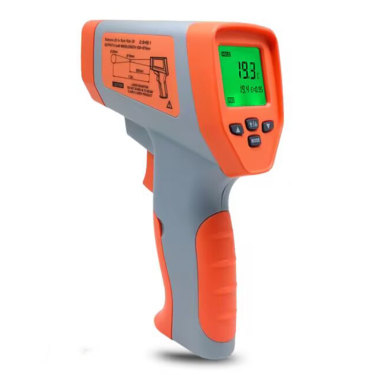
# How to Use an Oven Thermometer for Accurate Baking
Baking is a science, and precision is key to achieving perfect results. One of the most overlooked tools in a baker’s arsenal is the oven thermometer. Many home bakers rely solely on their oven’s built-in thermostat, but these can often be inaccurate. Using an oven thermometer ensures your oven is at the right temperature, leading to better-baked goods. Here’s how to use one effectively.
## Why You Need an Oven Thermometer
Most ovens, especially older models, can have temperature discrepancies of up to 25°F or more. This means if you set your oven to 350°F, it could actually be running at 325°F or 375°F. Such variations can lead to undercooked or overcooked dishes. An oven thermometer provides an accurate reading, so you can adjust accordingly.
## Choosing the Right Oven Thermometer
Not all oven thermometers are created equal. Look for one that is:
– Durable and heat-resistant
– Easy to read with a clear display
– Capable of measuring a wide temperature range (typically 100°F to 600°F)
– Designed to hang or stand securely in your oven
Analog and digital models are both effective, though digital thermometers often provide quicker and more precise readings.
## How to Place Your Oven Thermometer
Keyword: oven thermometer
Proper placement is crucial for accurate readings. Follow these steps:
– Hang or place the thermometer in the center of the middle rack. This is where most baking occurs and provides the most representative temperature.
– Avoid placing it too close to the oven walls, heating elements, or the door, as these areas can give false readings.
– Ensure the thermometer is not touching any pans or dishes, as this can affect its accuracy.
## Calibrating Your Oven
Once your oven thermometer is in place, it’s time to check your oven’s actual temperature:
– Preheat your oven to a specific temperature (e.g., 350°F).
– Wait at least 20 minutes for the oven to stabilize.
– Check the reading on your oven thermometer.
– If there’s a discrepancy, adjust your oven’s temperature setting accordingly. For example, if your oven runs 25°F cooler, set it to 375°F when the recipe calls for 350°F.
## Maintaining Your Oven Thermometer
To ensure long-term accuracy:
– Clean the thermometer regularly to prevent grease or residue buildup.
– Check its accuracy occasionally by testing it in boiling water (212°F at sea level) or ice water (32°F).
– Replace it if it shows signs of wear or inconsistent readings.
## Final Tips for Perfect Baking
Using an oven thermometer is just one step toward baking success. Here are a few additional tips:
– Always preheat your oven fully before baking.
– Rotate your pans halfway through baking for even cooking.
– Avoid opening the oven door frequently, as this causes temperature fluctuations.
With an oven thermometer, you’ll have greater control over your baking, leading to consistently delicious results. Happy baking!